The Red Cross Field Hospital in Rafah – stories from the frontline
23 October 2025
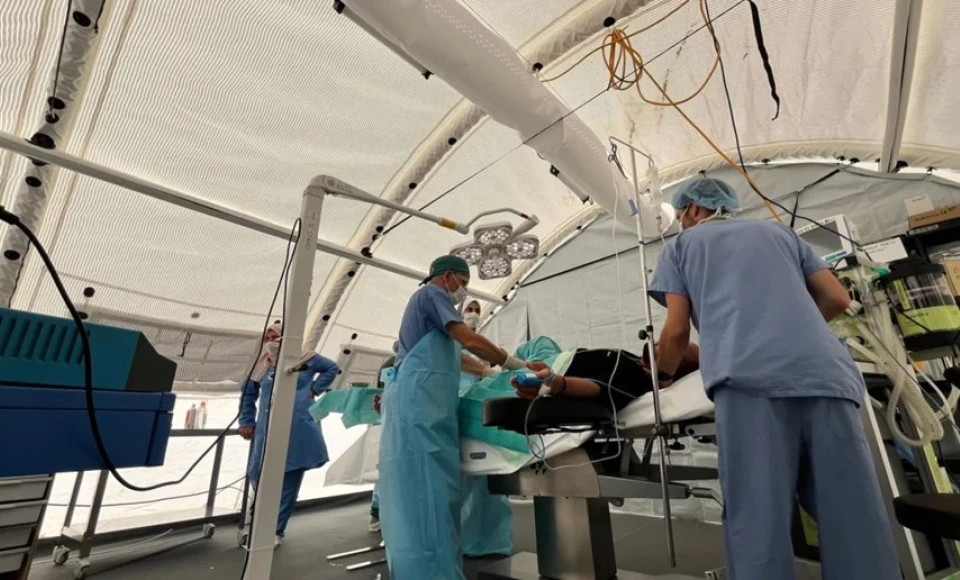
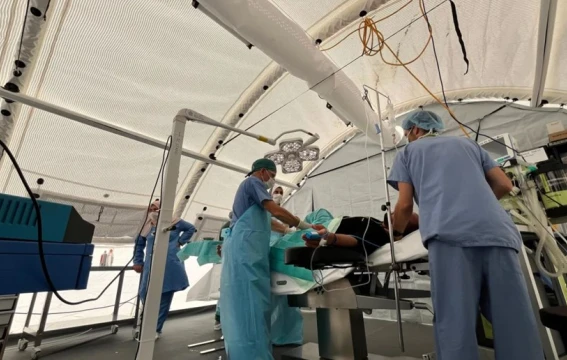
With much of Gaza’s health infrastructure destroyed, International Committee of the Red Cross (ICRC) sent a tented 60-bed field hospital, now expanded to 110 beds. While originally designed to run self-sufficiently for only four months, it’s been operating since May 2024, testing the limits of this type of facility in a harsh environment of sand, heat, and ongoing challenges.
Impact in numbers
Since opening, the Red Cross Field Hospital in Rafah has delivered:
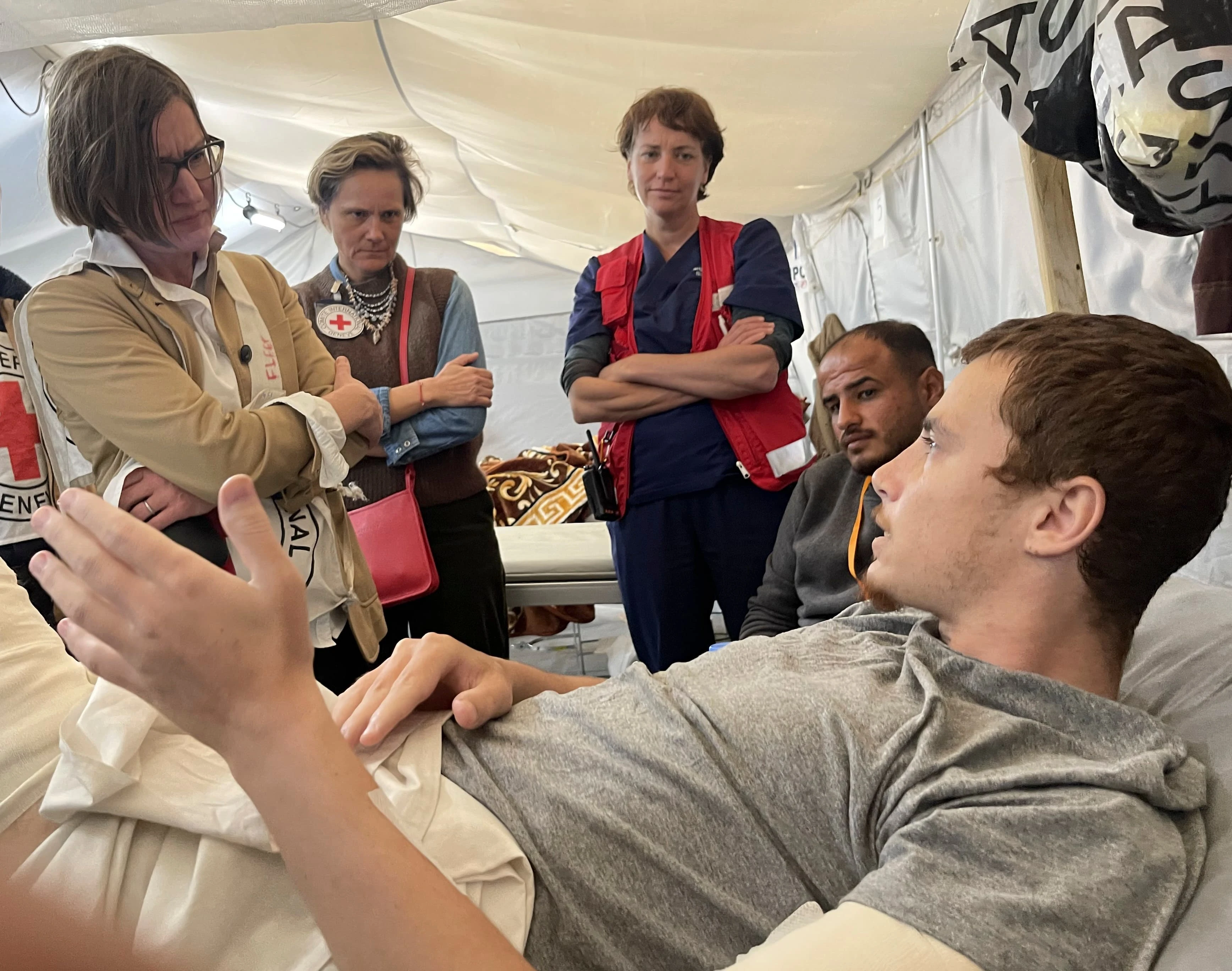
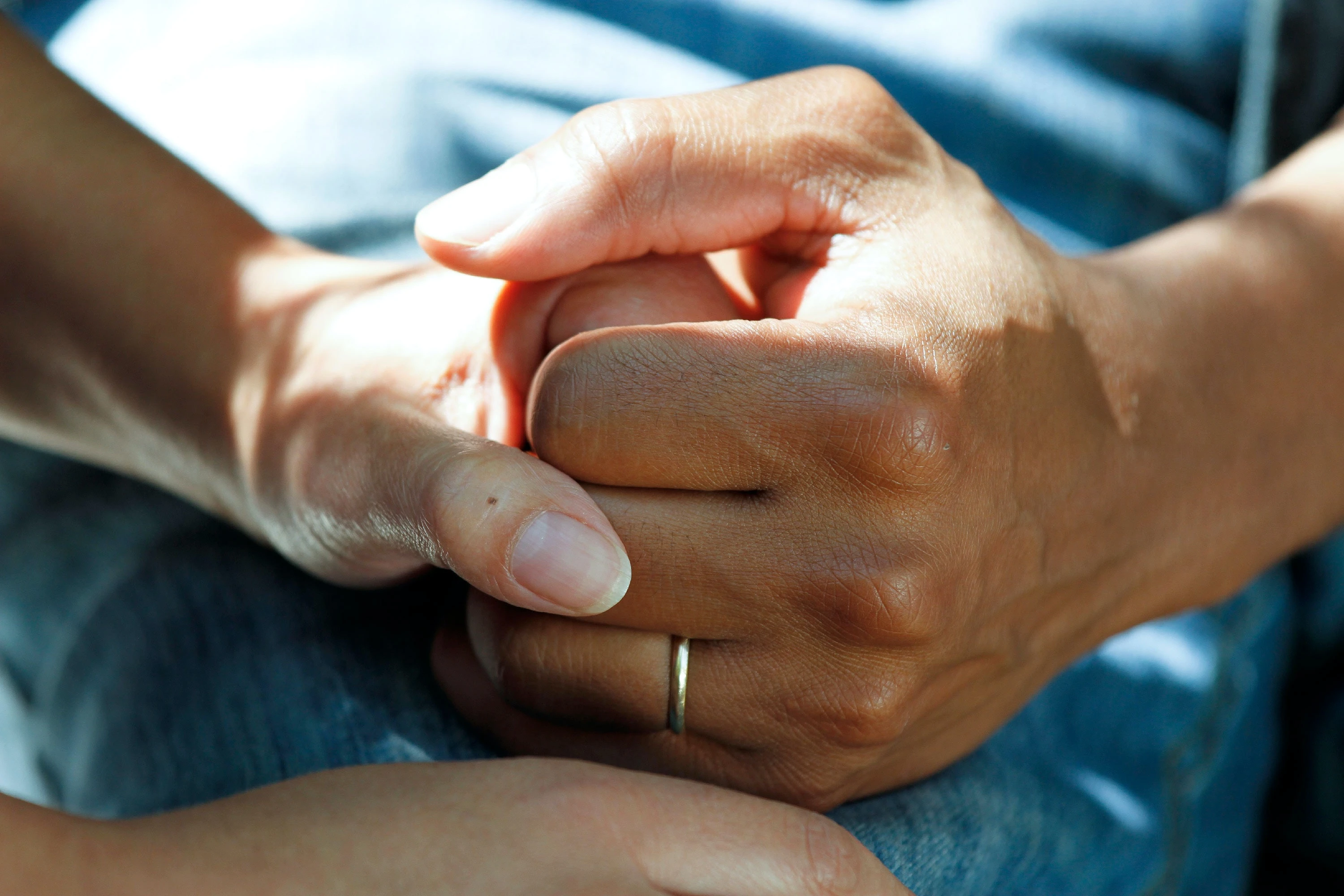
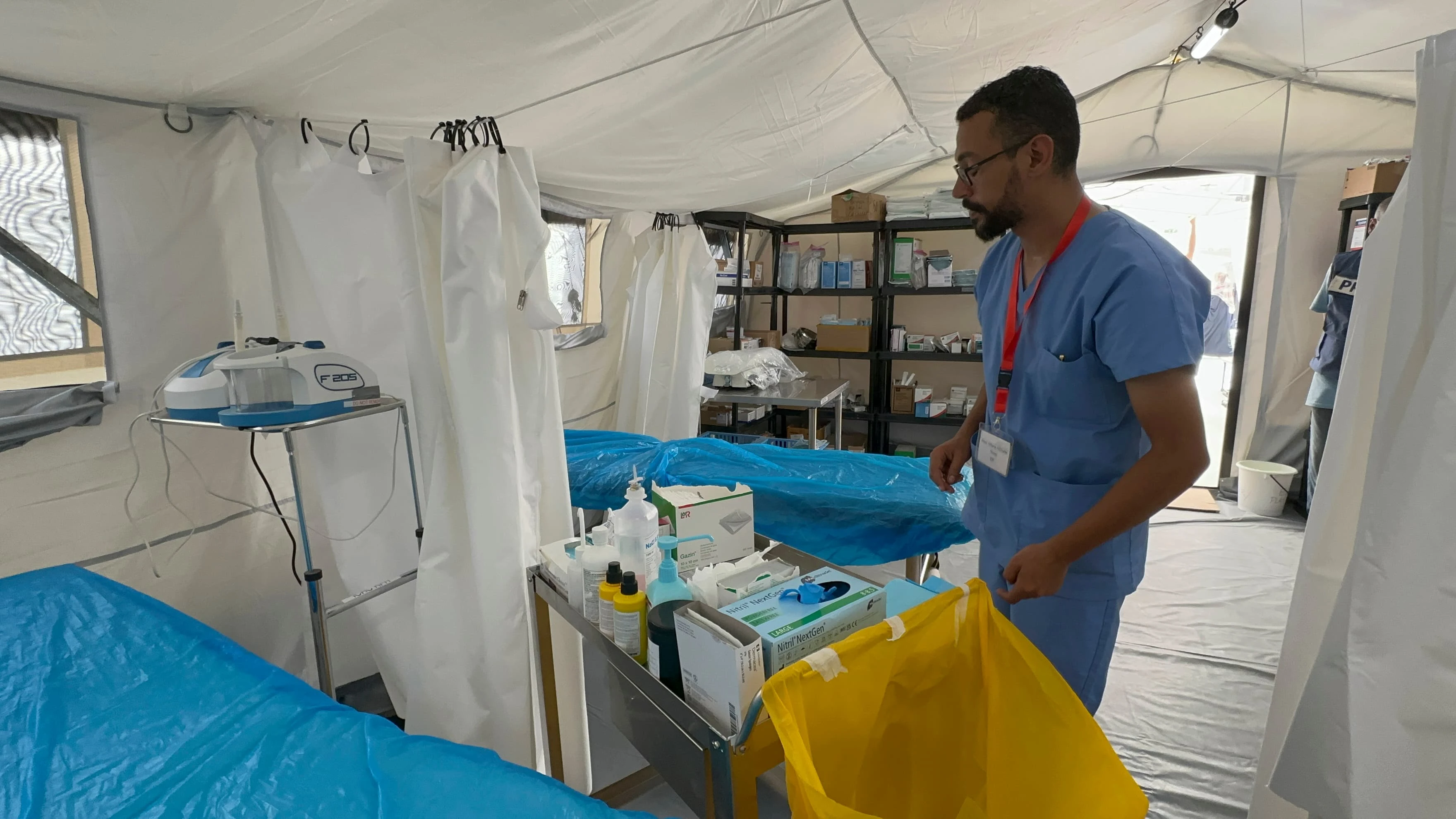
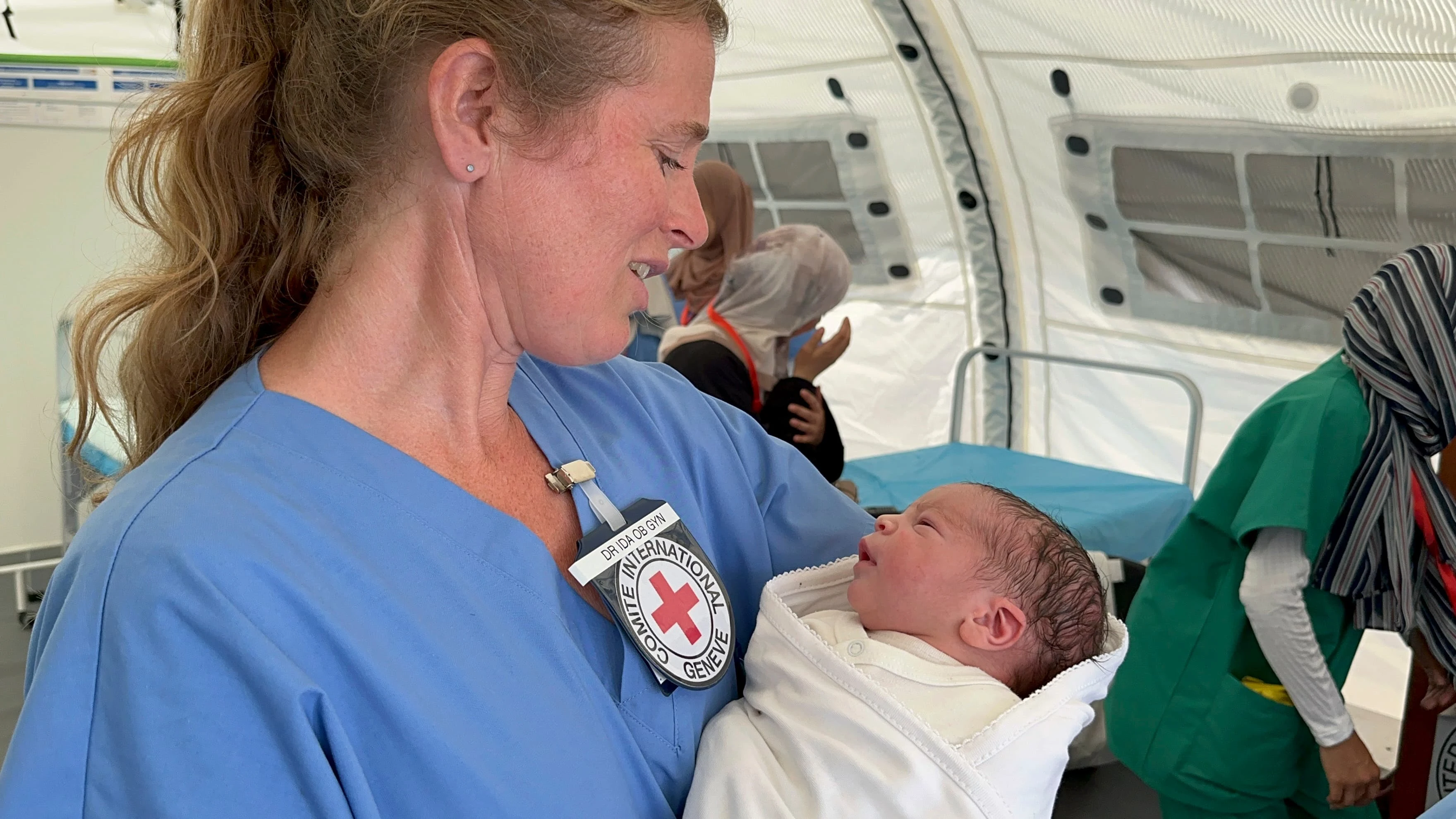
Human stories
Walter Leung, an ICRC international delegate, has been sent three times to the Red Cross Field Hospital in Rafah over the past year. He recalled responding to a helicopter attack in a marketplace that left 50 people injured, including a six-month-old boy and a 12-year-old girl who both died despite efforts to save them.
“I stood beside them with tears in my eyes, thinking I must come back to help these people,” he said.
New Zealand nurse Felicity Gapes, who has been working at the Red Cross Field Hospital has also witnessed the immense scale of suffering and resilience among patients, employees and volunteers.
Local volunteers and employees, many of whom are themselves displaced or grieving, continue to deliver care to those in need under these conditions. Mental health and psychosocial support delegates are on hand to assist staff and train local teams in providing psychological care.
The cost of care
Running the Red Cross Field Hospital in Rafah takes enormous resources. In 2025, keeping the hospital operating will cost around NZD $21,000 per day. That includes about NZD $3,800 daily for the operating theatre and anaesthesia, NZD $3,200 to care for patients across the nursing wards, and over NZD $1,000 to support the maternity unit.
Despite immense challenges, teams continue to provide life-saving surgeries, obstetric delivery care and mental health support.
Donate today
After two years of conflict, people in Gaza and the wider Middle East are still suffering and desperately need your help to access vital humanitarian assistance, including safe shelter, food and medical care. While a ceasefire offers hope for facilitating the delivery of necessary aid, critical resources are still urgently required to reach those in need.
You can support this global humanitarian response through our Middle East Humanitarian Crisis Appeal.
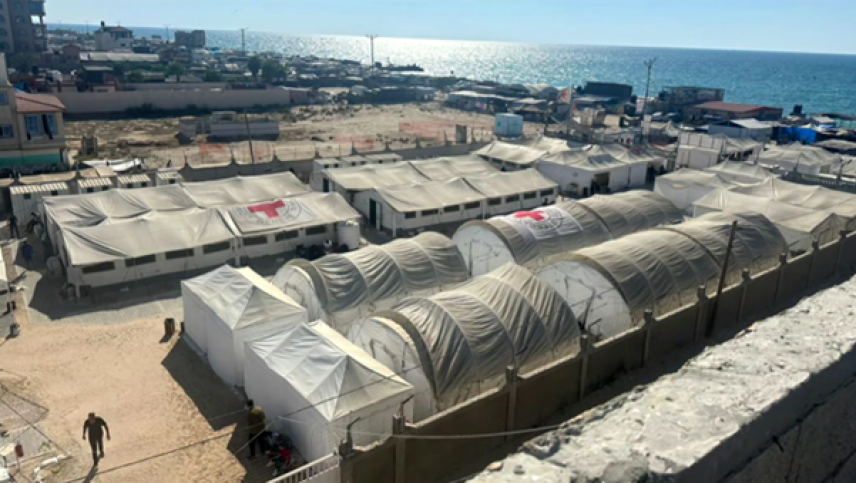
Red Cross Field Hospital in Rafah.
Our Movement’s role
Our Movement takes no side other than the side of humanity. Since the start of the armed conflict, we have called on all parties to uphold international humanitarian law by:
- Protecting civilians, healthcare workers and facilities.
- Ensuring safe and unhindered access throughout the entire Gaza Strip.
- Opening all available corridors for a continuous and expanded flow of humanitarian aid.
During an armed conflict, our Red Cross and Red Crescent emblems provide protection to people, vehicles, equipment, or buildings showing them must not be attacked.
ICRC is a guardian of international humanitarian law and acts as a neutral intermediary between parties of conflict. ICRC teams in Gaza and Israel are doing everything they can to help people affected by the armed conflict, relieve suffering, and protect lives and dignity – alongside Red Cross and Red Crescent partners.
ICRC have been in Israel and the occupied Palestinian territories — including Gaza — since 1967.
More information
- Read more about Kiwi Felicity Gapes’ work in Gaza.
Felicity’s story - In times of disasters, conflict, and other emergencies, we respond to the needs of vulnerable people around the world.
What we do overseas - Find out more about ICRC’s work in Israel and the occupied Palestinian territories.
Read more about ICRC’s work
